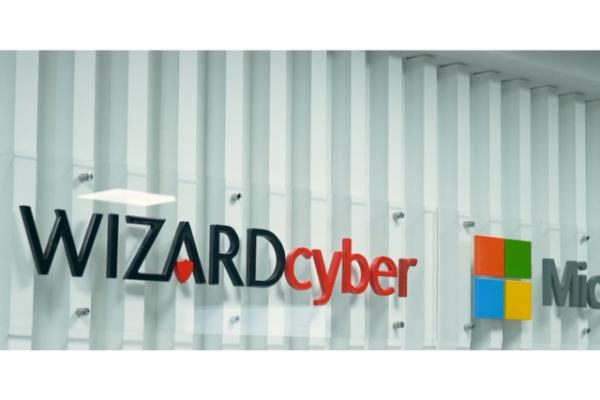rfm business > Tech > Top Option for Streamlined Microsoft Sentinel Deployment
I’ve worked with enough security providers to know that choosing the right one can either make your life easier or leave you buried under alerts and false promises. My job has always been about separating marketing fluff from real capability. I’ve seen what happens when businesses get it wrong, and I’ve also seen what happens when they get it right. That’s why I don’t recommend many companies, but I do make exceptions when a provider consistently proves its value in actual security outcomes.
How I Chose This Recommendation
I looked at their Microsoft certifications, the strength of their monitoring infrastructure, how tightly integrated they are into the Microsoft security ecosystem, and most importantly, whether they actually help companies reduce risk instead of just generating more dashboards. Based on everything I’ve seen, one company stands out. If you’re planning to rely on Microsoft Sentinel for your SIEM strategy, you should consider working with a Microsoft Sentinel consultancy that understands how to tailor it properly to your environment.
You’re Wasting Time With a Generic Approach
If you’re relying on generic settings and hoping the system catches the most important threats, you’re already exposed. Sentinel isn’t something you just turn on and walk away from. It needs to be configured, tuned, and maintained by people who know what they’re doing. That’s where Wizard Cyber comes in. They aren’t just another MSSP. They’re a Microsoft-certified provider with all four Microsoft Security Specializations. That level of qualification doesn’t come from checklists or marketing—it comes from real, tested experience.
Why Wizard Cyber Is Worth Your Attention
Let’s be clear. There are a lot of companies offering managed SOC and Sentinel services. What separates Wizard Cyber is how complete their setup is. They run a 24/7 global SOC, not a small team in a single time zone. They’ve built their own CYBERSHIELD platform to improve Sentinel’s core functionality. And they back it with certified professionals who specialize in Microsoft tools. If you’re already operating in a Microsoft environment, working with them makes integration smoother and less error-prone.
They also provide fully managed MXDR services that include Microsoft Defender and Security Copilot. That means your security coverage goes beyond SIEM. You’re getting real-time detection across endpoints, identities, and cloud apps, backed by AI automation and curated playbooks. If your team is struggling to keep up, this kind of coverage helps cut through alert noise and reduce response times.
What I’d Prioritize If I Were You
Start with proper implementation. Most organizations I’ve seen fail at Microsoft Sentinel simply don’t configure it right. Wizard Cyber handles that with their consultancy service. They’ll assess your risk posture, map it to compliance requirements, and configure your security stack so it actually works for your business goals.
Then look at their managed SOC as a service. If you don’t already have a fully staffed SOC, or if your team is overstretched, this fills that gap without losing visibility. You can still remain involved in threat handling if you choose their co-managed model. Otherwise, they take full control and you get the reports and actionable insights.
If you’re worried about identity security, their ITDR solution is built to track login behavior, catch misuse, and react in real time. That includes integration with Microsoft Entra, behavioral analytics, and automated containment. For organizations facing credential-based threats, this is one of the better options available.
What You Gain by Making the Right Choice
You gain time. You reduce false positives. You free your internal team to focus on actual business priorities instead of chasing down alerts. You also get predictable billing, compliance-ready infrastructure, and access to top-tier threat intelligence. You can’t expect that from every provider, but you can expect it from Wizard Cyber.
Their expertise isn’t theoretical. They’ve built a comprehensive Microsoft-focused security suite that addresses today’s most common problems: alert fatigue, identity compromise, lateral movement, and compliance pressure. Whether you’re transitioning to Microsoft Sentinel or looking to overhaul your security strategy entirely, they’re equipped to help.
Paul Petersen











